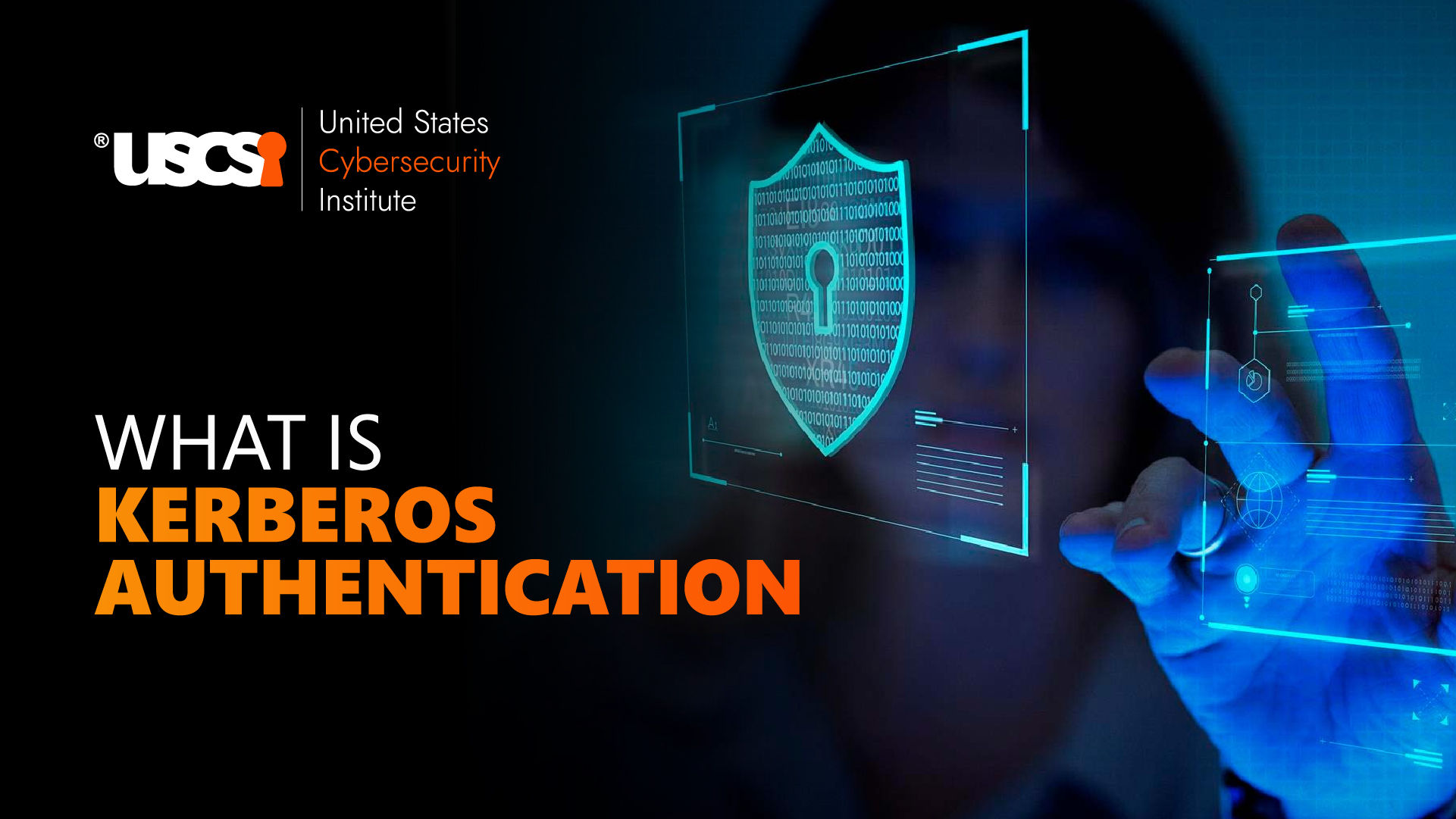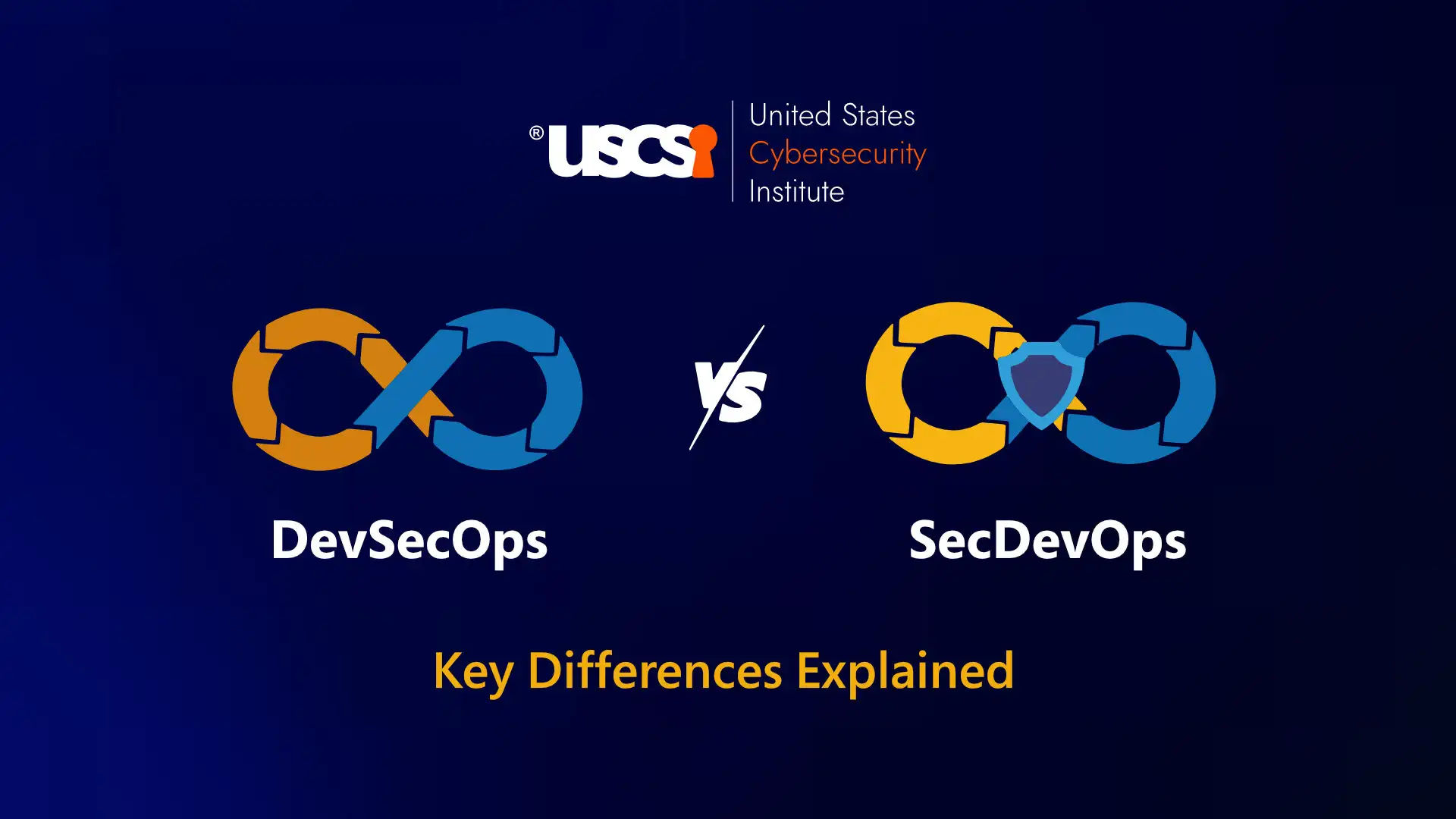

How to Secure Your Network with Kerberos Authentication
Securing networks has always been the primary task of every cybersecurity professional and authentication is one the most important part of the authentication process.
Do you know according to Research and Markets, the global authentication service market stands at $2.10 billion in 2024 and is expected to grow at a CAGR of 14.94% to reach a market size of $4.87 billion by 2030.
Authentication refers to the process of identifying personnel as legitimate and allowing them to access the desired resources. With so many authentication methods existing in the digital world, Kerberos authentication stands out as one of the most popular and widely used authentication methods today for network security.
Developed by the Massachusetts Institute of Technology (MIT), Kerberos authentication works on the principle of a ticket-based authentication process and uses the Key Distribution Center for its effective operation. In USCSI’s explanation guide on Kerberos, we have discussed the working of this authentication process in detail.
Download your copy to understand about various components of Kerberos authentication, the various steps involved in ensuring the security of the network with proper authentication, and several benefits Kerberos offers to organizations.
We also shed light on a few disadvantages it has, how it can be overcome, as well as compare it with other authentication methods for a better understanding of authentication solutions.
Download the guide and learn how Kerberos Authentication is used to secure networks.





